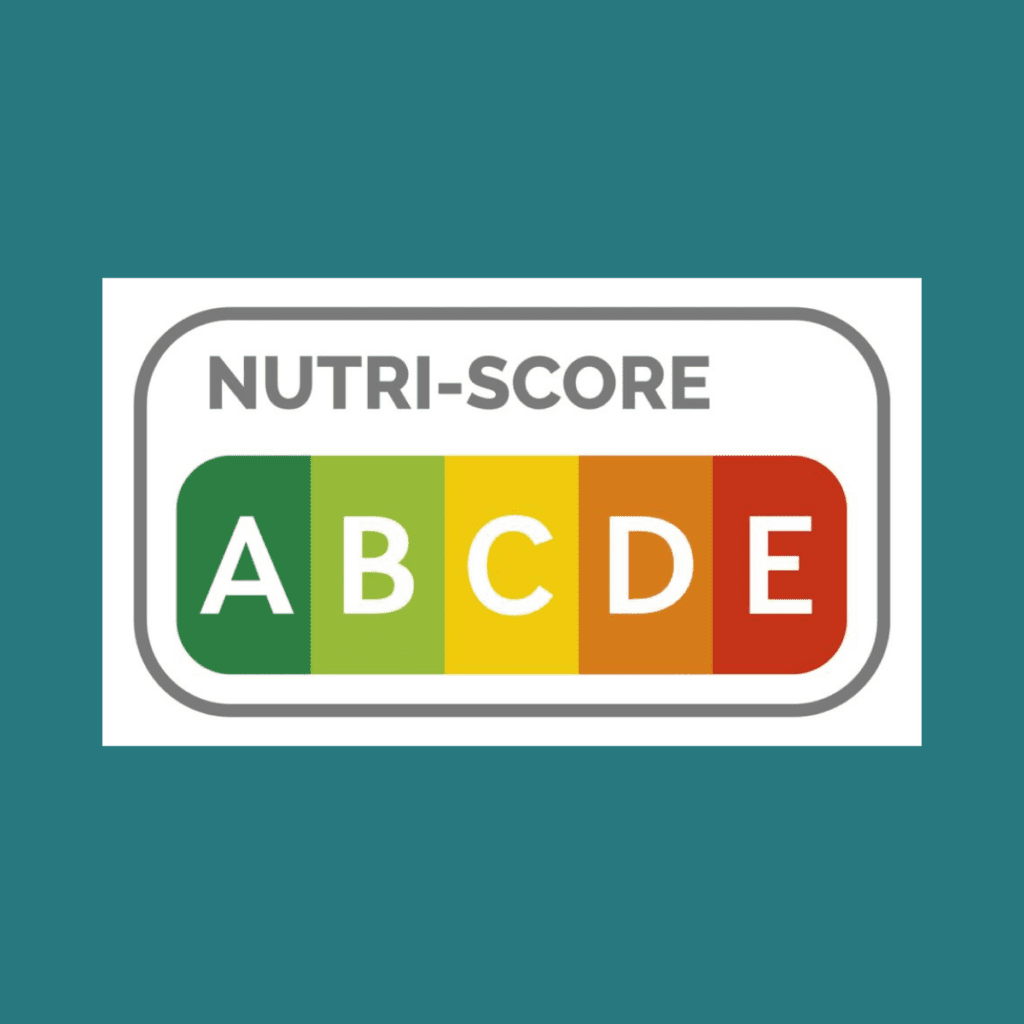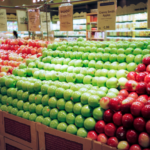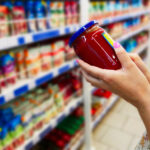By Süreyya Topaloğlu, Regulatory Researcher and Regulatory Trends Consultant
TOPLINE SUMMARY
In an era of interest for health and well-being, consumers are increasingly prioritizing informed choices regarding the food they eat. This growing demand resonates with policymakers, who are working to enhance food labeling regulations and enable consumers to make healthier food choices.
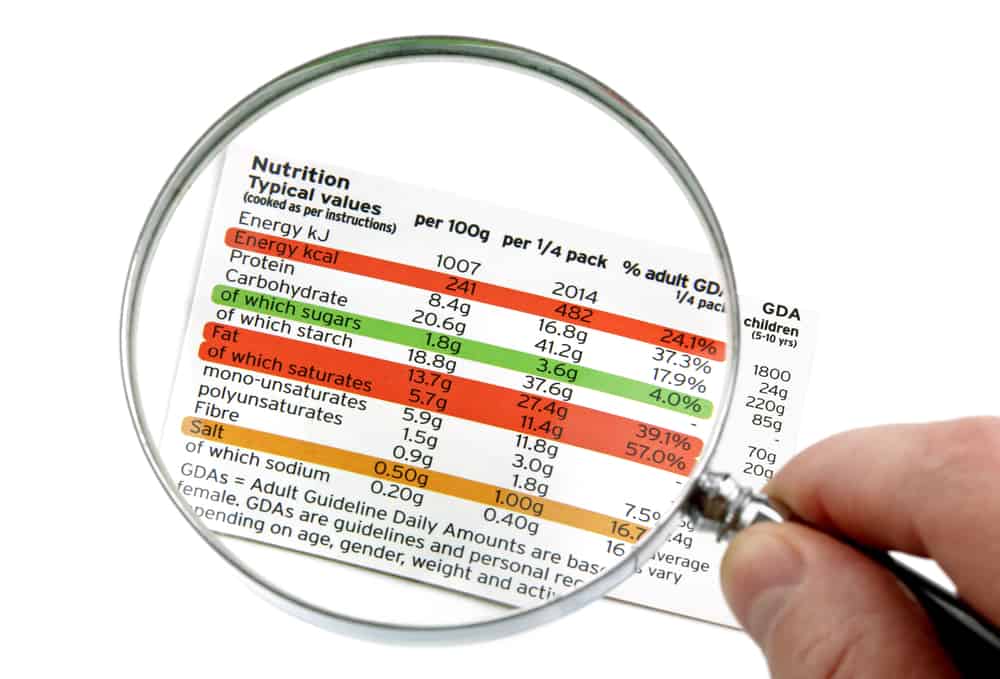
For the most current food and beverage labeling issue coverage every month, subscribe to the FoodChain ID’s monthly report on Food Additives and Labeling.
FoodChain ID provides consultancy expertise in 40 languages with global subject matter experts to support business growth.
The Nutri-Score System
Nutri-Score is a nutritional color-coded labeling system, launched in France in 2017, grading products from A (green), indicating the healthiest, to E (red), signifying the least healthy within the same food category.
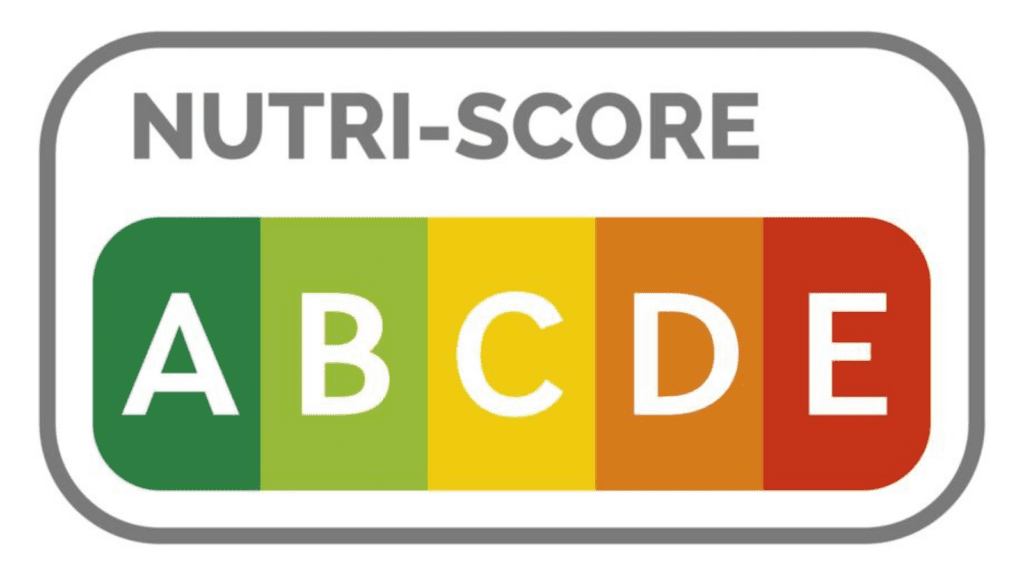
As part of the Farm to Fork Strategy (F2F), the latest food policy of the European Union (EU), the European Commission is anticipated to introduce a unified Front of Pack labeling system which considers the nutritional aspects of food products. Currently embraced by seven countries (Belgium, France, Spain, Switzerland, Germany and The Netherlands), the Nutri-Score system stands out as a promising candidate in the EU’s quest for regulatory standardization.
Food Labeling Regulations Face Regional and Country Debates
Despite widespread acceptance, Italy has emerged as a significant opponent of Nutri-Score, claiming that the system is discriminatory and penalizes traditional products. In turn, Italy has gained the support of Romania, the Czech Republic, Greece, Latvia, Hungary and Cyprus. As an alternative scheme, Italy has proposed the “Nutrinform Battery,” which many health experts believe presents challenges for average consumers when compared to Nutri-Score.
Concerning Italy’s objections, Italian hams and cheeses, similar to their French or Spanish equivalents with elevated levels of salt or fat, received comparable unfavorable ratings in the Nutri-Score labeling system. However, experts point out that the intention is not to alarm consumers or forbid any food, but rather to encourage monitoring of all choices. Another aspect driving the pursuit of co-labeling is the concern among major food manufacturers that their products might be tagged as unhealthy.
In 2022, in support of Nutri-Score, the report “Why the European Commission Must Choose the Nutri-Score Nutrition Label” was published by more than 300 scientists and health professionals. Until recently, the standardization was halted due to the concerns about polarizing the debate. However, the Belgian presidency reinitiated Nutri-Score on the EU agenda and accelerated the process.
Global Nutritional Labeling
From a global perspective, the Nutrition Facts Label has been used more than 20 years in the United States, and Canada regularly updates its nutritional labeling requirements. A voluntary traffic light labeling system is employed in the United Kingdom. Many countries in Latin America utilize a mandatory system featuring black stop signs to highlight sugary, salty or fatty content in foods. Within the EU, there are additional examples such as the keyhole symbol developed by the Swedish Food Agency, adopted by Denmark, Lithuania, Norway and Iceland. The overarching goal is to provide consumers with clear information in a standardized manner.
Beyond the debates about lobbying and gastronationalism, the crucial question is whether Nutri-Score effectively steers the public towards healthier food choices. Numerous studies conducted in France demonstrate that consumers show a preference for healthier food when guided by the Nutri-Score labeling. A study carried out by Sante Publique France showed that 94 percent of consumers favor the presence of Nutri-Score on the packaging and 89 percent of overall consumers would also like Nutri-Score to be mandatory on all food packages.
CONCLUSION
There are no perfect food labeling regulations or single system in the world, yet Nutri-Score emerges as a promising initiative for standardization in the European Union. Beyond this step, stakeholders will exert pressure and engage in collaborative efforts to shape the future of food labeling, paving the way for continuous improvements in promoting informed and healthier food choices.


